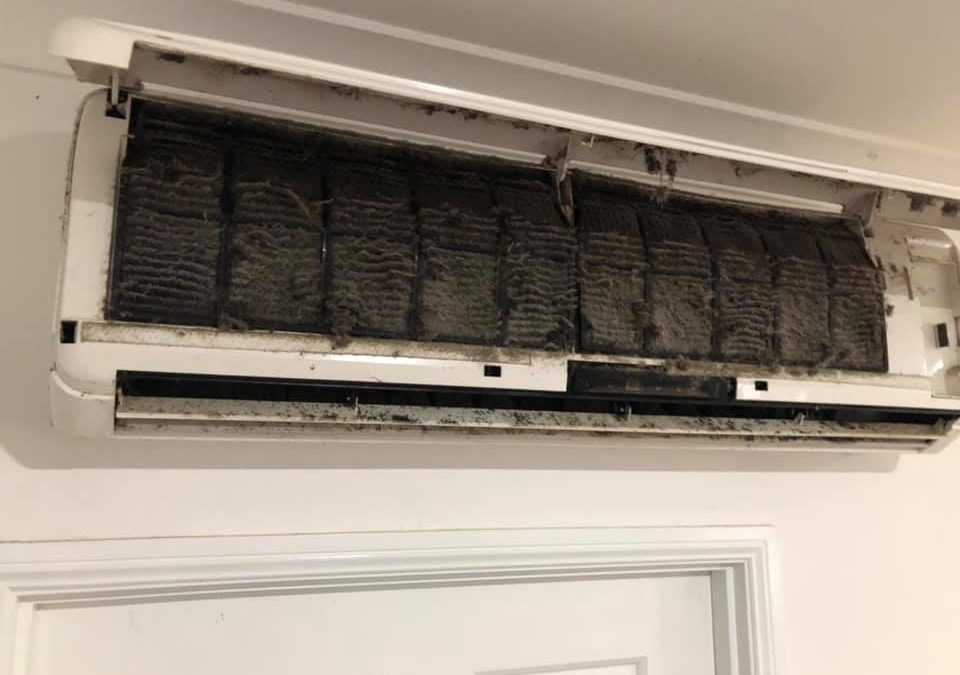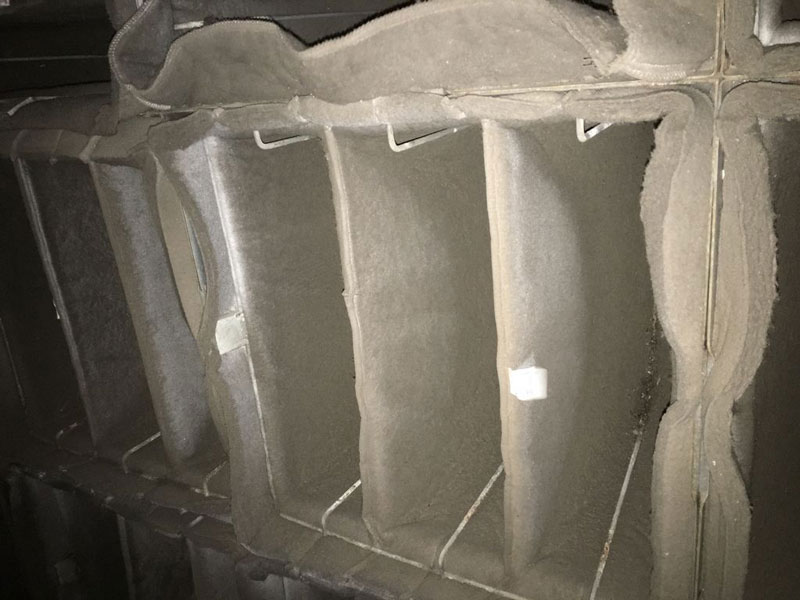Air Conditioning for Covid 19
COVID-19 AND THE EVER-CHANGING STATE OF PLAY
When media outlets first started reporting on a virus called COVID-19, nobody dared to imagine the profound effect it would have on us as a society, and how we’d live our lives day to day. These have certainly been unprecedented times, where businesses have had to make rapid changes to ensure compliance to the evolving government requirements, and also to maximise the safety of those workers who have remained on site to keep essential services operating.
It’s true to say that there is a great deal that we as a community, do not yet know about COVID-19, however we are learning more about it every day.
Let’s look at what we do know, and then look at how it can be applied to your workplace and its HVAC systems.
What we know for sure, based on information from the World Health Organization:
- The primary spread of the COVID-19 virus is via drop of saliva or nasal discharge when an infected person coughs or sneezes.
- Droplets and particles can also be released when talking and breathing.
- In usual cases, droplets fall to the ground or other surfaces within a range of about 1 metre, while particles, which are also known as aerosols, behave more like a gas; this enables them to travel longer distances through the air, allowing them to transmit to people and also settle on surfaces.
- Hands that touch contaminated surfaces can pick up the virus or be re-entrained into the air when it’s disturbed on surfaces.
- COVID-19 has been detected as an aerosol in hospitals, with evidence suggesting some strains of the virus remain suspended and infectious for 3 hours, suggesting the possibility of aerosol transmission.
What is still being investigated, but is certainly worth paying attention to:
- New studies being undertaken have fuelled speculation about COVID-19 spreading through the air. COVID-19 has been detected as an aerosol in hospitals.
- Evidence suggests at least some strains of it remain suspended and infectious for 3 hours, implying the possibility of aerosol transmission. As such, the vital role that HVAC systems could play in controlling the virus have been emphasised.
- This poses the question of whether particles can transmit the virus, and if so, what the chances of these particles being moved around buildings through HVAC systems are.
In a recent article, the Australian Institute of Refrigeration, Air Conditioning and Heating (AIRAH) was quoted as saying ‘although there is currently no direct research that supports that COVID-19 can be transferred through workplace HVAC systems, there is similarly no research to say that it can’t.’ There are now recommendations that studies continue to be carried out to investigate this further.
There are a number of recommended steps that should be applied with regard to HVAC systems; these are aimed at minimising the spread of COVID-19. The key recommendation relates to the increase of outdoor air ventilation and the appropriate selection and maintenance of air filters. The Australian Institute of Refrigeration, Air Conditioning and Heating is advising building owners and operators to seek qualified advice on measures such as increasing outdoor air ventilation, humidity control and air filters.
As an employer, this should get you thinking. You have a duty of care to your staff, your clients and all others that enter your premises, and minimising any risk to their health and well-being is a part of that. While there is as yet no concrete evidence of transmission through HVAC systems, wouldn’t you prefer to have the peace of mind that you’ve taken all reasonable steps to minimise the spread of this virus?
Also, of concern is the issue of safely restarting hibernating HVAC systems in commercial buildings, as this can carry some significant risks including outbreaks of Legionella and reduced indoor air quality and mould issues. There is also the risk of compliance issues when essential safety and maintenance issues have not been kept up-to-date in a period of restricted activity or shutdown. It is for these reasons that you should consult an appropriate expert from the HVAC industry when restarting buildings after hibernation.
Safe Work Australia has issued comprehensive guidance on how businesses can plan a safe return to work. See the link below for their full set of recommendations.
This is where we at Mechfield FM can help.
With the government revising the current level of restrictions, we have just the plan to get your site ready for a return to work. We’re offering a full health check of your HVAC systems, to give your employees and clients the confidence that you’ve taken all possible care to ensure your air quality meets industry standards.
And, even better is the news that peace of mind could cost much less than you think.
From only $295 we will provide you with an environmental heating and cooling health check for your building. In the undertaking of this we will inspect, measure and provide you with:
- Fresh air volume readings for your building, ensuring they are sufficient for your occupancy rates
- Inspection of cooling and heating coils with cleaning/disinfection recommendations and quotations if required.
- A check that toilet and other exhaust fans are operational and in good condition.
- Overall condition of equipment and general cleanliness including air filters, ductwork and air diffusion equipment such as outlets and return air grilles.
- Readings of temperature, carbon dioxide, carbon monoxide, oxygen, ammonia, formaldehyde, relative humidity and airborne particulate matter.
- Photos of all areas and items that have been inspected and reported on.
** Price is for an average commercial building with up to 3 individual air conditioning units and/or air handling units. Buildings with more complex installations will be quoted on individually.
One of the key pieces of equipment we will be using is a state-of-the-art monitor from the University of QLD. It measures a range of key things including CO2 (Carbon Dioxide), CO (Carbon Monoxide), O2 (Oxygen), NH3 (Ammonia), CH2O (Formaldehyde), airborne particulates, temperature and relative humidity.
High CO2 levels can be attributed to reduced cognitive decision-making functions in workplaces and classrooms. They may also cause headaches, sleepiness, poor concentration, loss of attention, increased heart rate and slight nausea.
High CO levels can be an indicator of car exhaust fumes or gas appliances that are not working as they should.
These things have the potential to not only affect productivity in the work[lace, but also to affect the health and well-being of your employees.
Partner with us for a safer workplace by email or call us on 1300 632 434.
MECHFIELD FM: YOUR COMMERCIAL AIR CONDITIONING, HEATING AND VENTILATION SPECIALISTS.
Ph:1300 632 434


